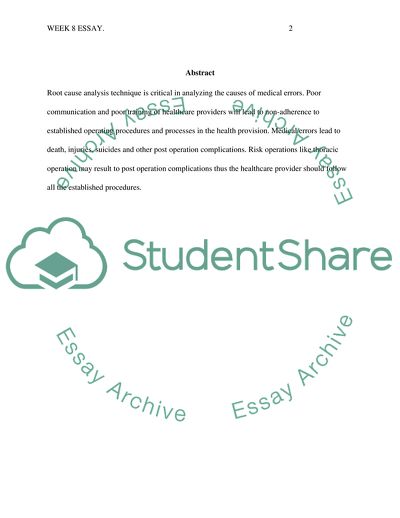Cite this document
(Medication Errors Report Example | Topics and Well Written Essays - 1500 words, n.d.)
Medication Errors Report Example | Topics and Well Written Essays - 1500 words. https://studentshare.org/medical-science/1772134-week-8-essay
Medication Errors Report Example | Topics and Well Written Essays - 1500 words. https://studentshare.org/medical-science/1772134-week-8-essay
(Medication Errors Report Example | Topics and Well Written Essays - 1500 Words)
Medication Errors Report Example | Topics and Well Written Essays - 1500 Words. https://studentshare.org/medical-science/1772134-week-8-essay.
Medication Errors Report Example | Topics and Well Written Essays - 1500 Words. https://studentshare.org/medical-science/1772134-week-8-essay.
“Medication Errors Report Example | Topics and Well Written Essays - 1500 Words”. https://studentshare.org/medical-science/1772134-week-8-essay.


